Throughness
Comes from the activation and increased carrying power of your horse’s hind legs. When your horse takes more weight behind, that results in a lighter shoulder and a more mobile front end. This allows you as the rider to ride the horse through various movements with small, unobtrusive aids.
Horses that are not through are typically either behind the bit or above the bit or leaning on the bit.
Above is the scale of training. This is a guide to the structured training of any horse. You may not aspire to the top level but there is an order of training that works. For example you cannot obtain a supple horse without having first obtained rhythm
Think of all of the movements in dressage as tests of your horse’s balance and as you go up the levels those tests on his balance come faster and more difficult. You will be asking for more weight on the hind end in order to complete movements successfully.
We are not looking for just weighting of the hind legs. We are also looking for activation or engagement of the hind legs as they are bearing this increased carrying load. That makes it very difficult for the horse and why it takes many years to bring a horse’s fitness to the highest levels.
Some thoughts on how to do this:
Correct Biomechanics of the rider
How do we get a horse through.
One Rider Position
If your hips are behind or in front of your shoulders you cannot ride a horse truly through to connection. All the exercises in the world will be negated if you as a rider sit in a way that locks the horse up.
Without tightening your bottom and pulling on the rein which will stop your horses hind leg instead of activating it.
Use your core. In any sport be it tennis, rowing, running lack of core leaves you weak and unable to perform at your best
Hollow back hips in front Neutral spine hips under Round back hips behind
Unfortunately you haven’t a hope of engaging your core if you are not in Neutral Spine with a shoulder hip and anklebone alignment as the middle picture shows
AND the horse will mirror you. The first and third rider positions lock the horse up and prevent him from stepping correctly through underneath you.
Through the suggested work below, unless the rider is able to sit in a balanced position to assist rather than hinder the horse progress will be minimal
Two – Transitions:
Both transitions within the gait as well as transitions between the gaits. It is absolutely necessary in correct dressage that your horse has a constant flow of energy that he is allowing you to manipulate shifting between gaits, extending and collecting the gaits. Correct transitions are a gentle, low impact way to encourage your horse to rebalance himself and activate the hind leg. They should be forward fluid and uphill.
Three – Half Halts:
Half halts work within the gait to rebalance, or reshape, the horse. They rock him back on his hind leg when, for example, if he falls on the forehand through a turn. Or to prepare him for the turn so he does not fall onto the forehand.
Four – Hill Work:
If you are lucky enough to live nearby hilly tracks then this is a great way to build strength, and it is not reliant on your knowledge of half halts, transition work etc. Even for a relatively inexperienced rider can enjoy hill work with their horse. Horses will also enjoy moving freely and is a great way to build strength, especially those who are nappy or behind the leg. Just be careful to introduce this into your training program slowly. starting with a few minutes and working upward. You will be surprised with how sore just a little of this work will cause your horse to become at first.
Five – In Hand Work:
In particular rein back is great both on the flat and up and down slopes for a few strides
In hand work removes the burden of the rider and allows the horse to think about what is expected from them in a new way.
Six – Pole work
Working over raised poles either in hand or under saddle is a great way to make the horse use both front and hind legs getting more lift rather than dragging them through. Walking over them is fine and creates an awareness of his legs to the horse
What we are wanting to achieve with these options is to transfer responsibility for your horse’s movement onto his hind legs. Keep in mind that a horse can walk on the forehand, trot and canter on the forehand. What we will see suffer is his ability to perform smooth transitions and movements while remaining balanced and on the contact. Even if your horse is “on the bit”, if there is a feeling of heaviness in one rein and it feels like you can’t turn or he is leaning on you, then there is an issue with him loading and using his hind legs evenly.
HE IS NOT THROUGH.
And remember if you pull you are putting the hand-break on


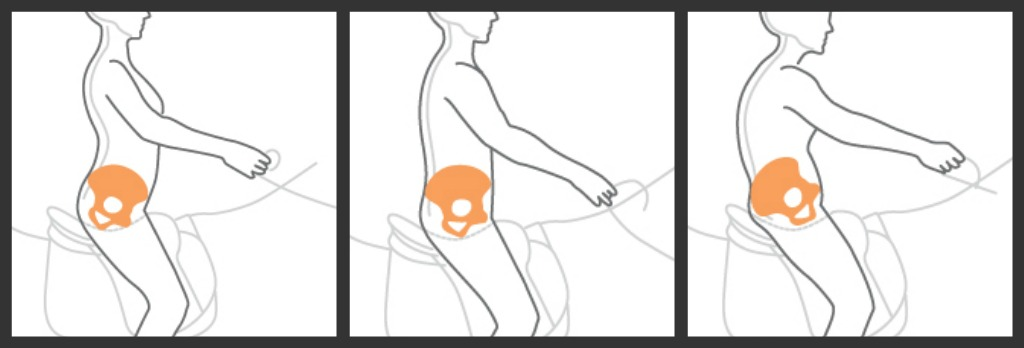

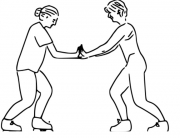
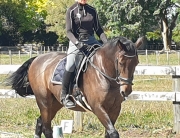
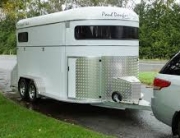
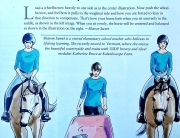
Follow Us!